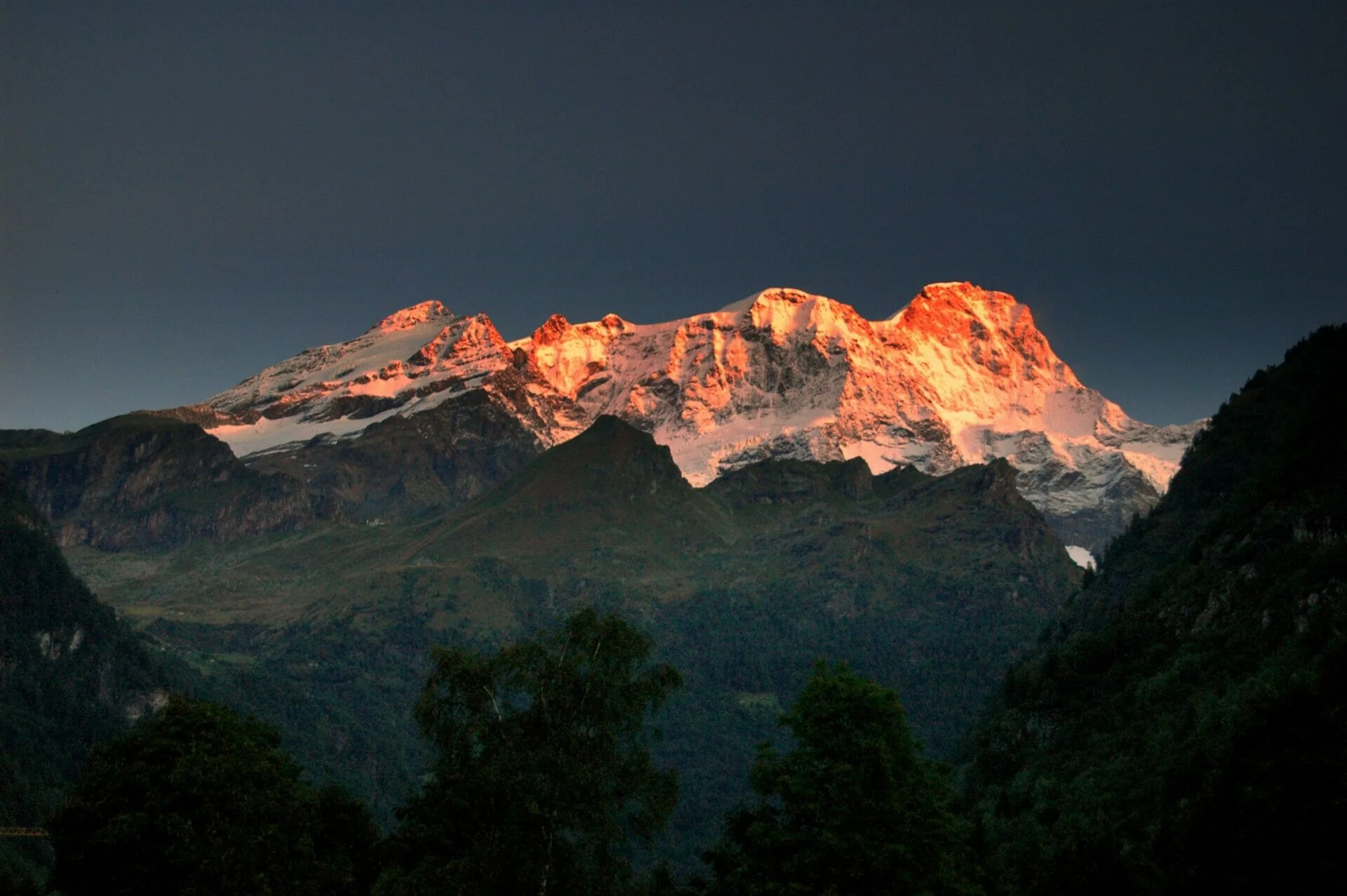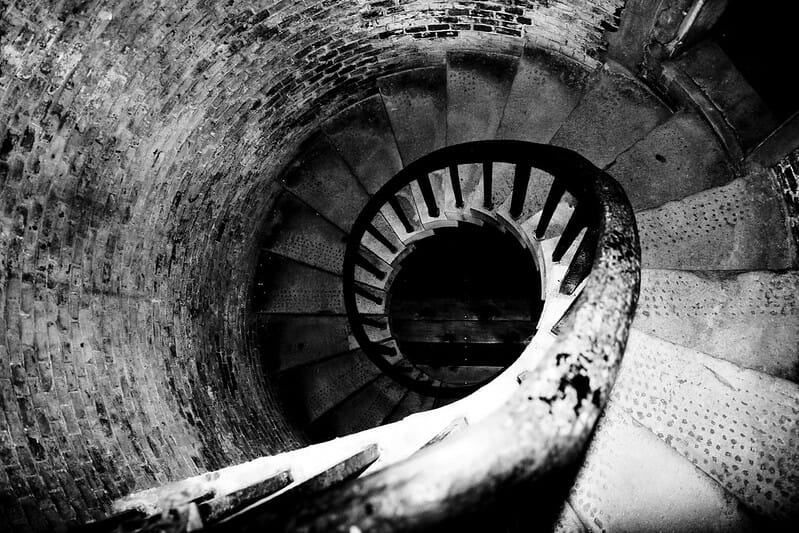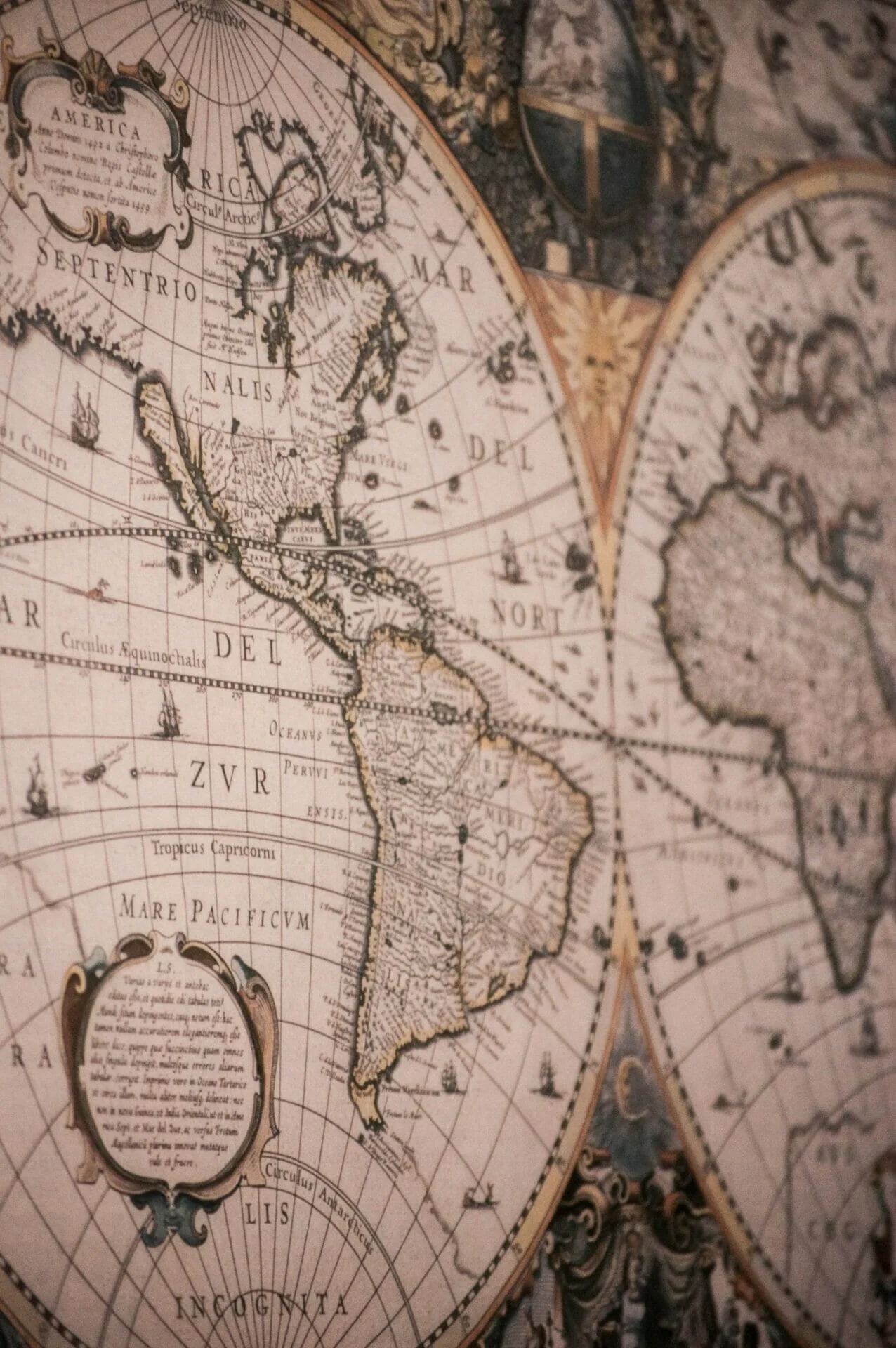
The Eight Mountains | Peaks to climb in life
Format
Length
Original language
Genre
Pietro is a young boy who spends his summer in a small village in the mountains. There he meets Bruno, born and raised in the Alps. They grow up together, summer after summer, exploring woods and pastures, learning how to live. And together they find out that, as much as they can be different, they will always have something in common. A peak to climb.
Published by Einaudi in 2016, The Eight Mountains is Paolo Cognetti‘s first novel and won the Strega Prize in 2017. It was translated into thirty-five languages and in 2021 it officially began the production for a homonymous movie. Cognetti started his career with short stories, followed by tourist guides and a personal diary, winning Lo Straniero (2009) and Subway-Letteratura prizes.
Times and heights
Pietro’s parents come from mountain villages. They had met while climbing, but they moved to Milan to work. As soon as they can afford it, they buy a small house in Grana, near Monte Rosa, there to spend every summer. His father is a passionate mountaineer: every morning he leaves their home before sunrise to a new, unexplored summit. His mother spends her days at home, trying to become friends with the neighbors. Among them there is Bruno’s family: they are shepherds, reserved mountain people. Pietro and Bruno soon become inseparable and spend whole days in the mountain nearby.
One day Pietro’s father decides to take them on a long walk to a glacier; there, the boy will find out for the first time that mountains are not always friendly. While Bruno climbs on the rocks as if he was a steinbock, Pietro realizes he is suffering from altitude sickness. Although he tries to hide his malaise, they’re obliged to turn back before reaching the summit. For the first time, he feels not able to live up to his father’s expectations.
The story follows three steps in Pietro and Bruno’s lives. The first one, The Mountain of Childhood, tells of two boys’ adventures and the beginning of their friendship, together with Pietro’s first approach to the mountains. In The House of Reconciliations, Pietro meets Bruno again after some years and discovers his passion for rock climbing. The last chapter, A Friend in Winter, sees the two protagonists, now adult men, and the problems they have to face, living both on high mountains, even though in different countries.
Fathers, sons, mountains
Pietro’s point of view expresses evolutions in relationships between fathers and sons, friends of different ages, men and mountains. Those latter become characters; far from being just a setting, mountains have their own personality and determinate the development of events. As Pietro will understand only when adult, mountains are the only place where his father felt himself. “I knew once and for all I have had two fathers”, he affirms. The man he remembers, a stranger he used to live with, more and more distant; and his “mountain father”, the one he used to know the less, but tried to reconstruct their relationship in silence. The second had bought a ruin for his son, and for him Pietro decides to rebuild the house with Bruno’s help.
Besides the house, Pietro’s father gave him the possibility of recovering a deep friendship. The summer Pietro and Bruno spend together working on the ruin marks a new beginning for their relationship. They share everything and, once again, they seem to take strength from each other. The new house becomes a shelter for both, being a place of reconciliation between Pietro and Bruno, but also with the father Pietro remembers.
As Ben East pointed out in his review for The Guardian, Cognetti’s novel is a homespun coming-of-age story. Not only because of its simple and familiar language but also for the immediate and poetic suggestions it gives. As Rob Reiner‘s Stand by Me (1986) is able to softly face a heavy theme such as the discovery of death by children, The Eight Mountains manages to be gentle and brutal at the same time. The narrative style avoids sentimentalism and gives voice to silence, expressing powerful emotions. More than narrated, everything is about perception, obtaining a delicate balance between elegant and sharp writing.
Different ways to become adult
As Pietro grows up, his gaze on reality becomes deeper and the differences between him and Bruno are evident. The first is silent, meditative, intellectual, maybe a bit frail, but very sensitive; the latter, who has always been wild and resolute, becomes like most of the mountaineers. He finds an ordinary job, spends time with colleagues at the bar, and doesn’t let himself down in front of complications. They adopted opposite ways to become adults: whereas Pietro seems to have problems finding a place to stay, as he was escaping difficulties, Bruno is stable and firm as a rock, unconcerned by bad weather.
While Pietro is traveling in the Himalayas, he meets a man telling him the legend of the eight mountains: some men are born to climb the eight mountains, some others to stay on the highest, in the middle. Pietro asks which is the best way to live, but nobody knows. He feels like he wandered for the eight mountains, while his old friend had chosen a single peak to climb. Pietro and Bruno thus become a metaphor of something bigger than two different guys who found a way to remain friends through time, despite conducting different lives. They represent a meeting point between modernity and tradition, city and nature, and the fact that no choice will make life easier. Even in a life that seems to be simple, one meets big complications, a peak to climb.
Tag
Buy a ☕ for Hypercritic







